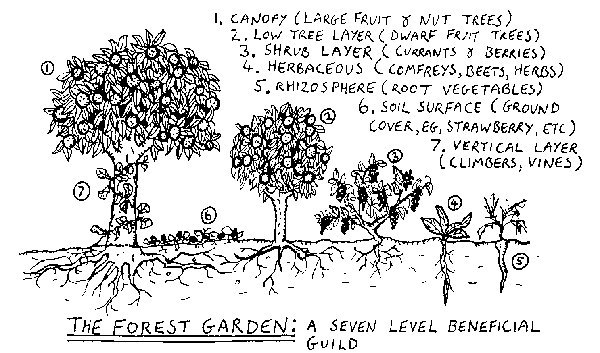John Weiland wrote:
Riley Smith wrote:So I am just daydreaming about a vegan homestead, and I was wondering how much wheat it takes to produce wheat gluten. Thinking ahead of how much land to look for down the road, and it would nice to be able to know I could get X number of pounds of vital wheat gluten per acre
Much of this will depend on location of the homestead and varieties of wheat adapted for that region. Note general location of global wheat production away from tropical zones and associated more with temperate climates. Map below from https://en.wikipedia.org/wiki/International_wheat_production_statistics . Durum and hard red spring wheats are highest in protein/gluten and are principally used in pasta and bread-making, respectively. Varieties within those two groups could be chosen to maximize your objective of VWG recovery for seitan products.
That's true, in Florida, the only type of grains or pseudo-grains that'd possibly grow here are rye, due to its rugged nature, and sorghum due to being tropical yet able to be widely cultivated in arid regions.
As a fellow vegan, I still couldn't imagine trying to do something like this. You would realistically need your own seitan/vital wheat gluten company to make it worthwhile, at which point it makes far more monetary and time-based sense to just buy it from a bigger company that produces it organically. Do you have any examples you can find online OP, of individuals doing this? If not, I wonder why...
I would be more interested in rice and soybean cultivation, but depending on the specific tropical zone it can be quite dry. That way you can eat the staple of rice and quite easily turn soybeans into tofu, tempeh, miso, shoyu, amazake, sake... (all done in tropical regions, like Indonesia and of course Japan).






